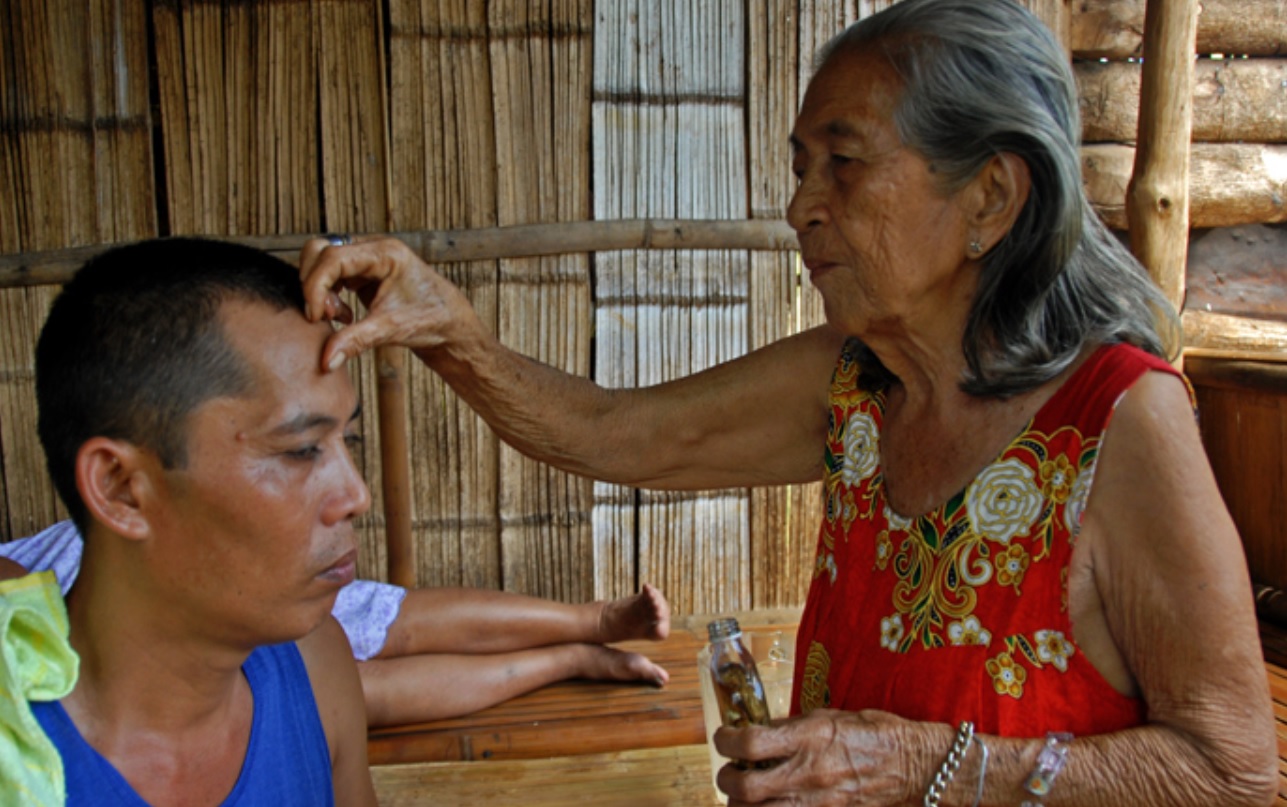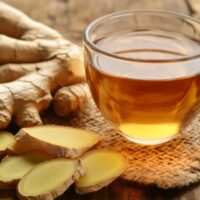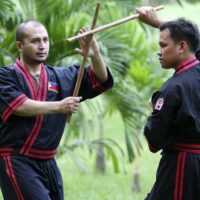
In the vibrant tapestry of Philippine culture, hilot stands out as a time-honored tradition, deeply rooted in the country’s history and everyday life. This ancient healing practice, often simply described as a form of massage, encompasses much more than physical relaxation. Hilot is a holistic approach to wellness, integrating physical touch, herbal remedies, and spiritual elements to restore balance and harmony within the body and mind. From its historical roots to its modern adaptations, hilot remains a significant and cherished aspect of Filipino culture.
More Than Just A Simple Massage
Hilot is not merely a massage technique; it is a holistic practice that seeks to treat the body, mind, and spirit. Traditionally, hilot was performed by a hilot or manghihilot, a practitioner who possessed deep knowledge of anatomy, herbal medicine, and spiritual healing. The practice involves identifying and treating imbalances in the body, known as lamig (cold spots) or init (hot spots), which are believed to be the source of discomfort or illness. By addressing these imbalances, hilot aims to promote overall well-being and prevent illness.
Throughout Philippine history, hilot has played a crucial role in community health. Before the advent of modern medicine, hilot was the primary form of healthcare for many Filipinos. It was not uncommon for hilots to act as midwives, treating ailments, and providing care during childbirth. The practice was passed down through generations, with knowledge shared orally and through apprenticeship. Today, hilot continues to be an integral part of Filipino culture, evolving to include modern techniques and being featured in spa menus at luxury establishments. These modern adaptations have helped hilot reach a broader audience, preserving its relevance in contemporary society.
Related article: 10 Best Wellness Resorts in the Philippines
Despite its inclusion in spa treatments, hilot should not be mistaken for a mere relaxation massage. It is a holistic approach to healing that encompasses several key components:
1. Physical Touch
The foundation of hilot lies in its use of therapeutic touch. Practitioners use a variety of techniques, including pindot (pressing), haplos (stroking), and dagdagay (foot massage), to manipulate the muscles and tissues. The physical touch in hilot is not just about soothing muscles but also about identifying areas of imbalance. The hilot’s skilled hands can detect lumps, knots, or other irregularities, which are believed to indicate areas where energy flow is disrupted. By applying pressure to these areas, the hilot helps release tension, improve circulation, and promote the body’s natural healing processes.
2. Herbal Remedies
In addition to physical manipulation, hilot often incorporates the use of herbal remedies. The Philippines’ rich biodiversity provides a wealth of medicinal plants, which are used to create oils, poultices, and teas. These remedies are tailored to the individual’s needs, with specific herbs chosen for their healing properties. For example, coconut oil is commonly used in hilot for its soothing and anti-inflammatory effects, while ginger is often applied to reduce pain and swelling. The use of these natural remedies complements the physical aspects of hilot, enhancing its therapeutic effects.
3. Spiritual Aspects

Hilot also includes a spiritual dimension, reflecting the holistic worldview of many indigenous Filipino cultures. The practice often involves rituals and prayers, intended to align the individual’s energy with the natural world and the divine. Hilot practitioners may use incantations, offer prayers, or engage in pag-anito (a form of communication with ancestral spirits) to aid in the healing process. This spiritual component acknowledges that well-being is not solely a physical state but also involves mental and emotional harmony. By addressing the spiritual aspects of health, hilot offers a comprehensive approach to healing that nurtures the whole person.
In contemporary Philippine society, hilot continues to hold a respected place as a healing practice. While modern medicine is widely accessible, many Filipinos still turn to hilot for its holistic benefits. The practice is particularly popular in rural areas, where traditional knowledge remains strong and is often integrated with modern healthcare practices. Additionally, the rise of wellness tourism has brought hilot to an international audience, with visitors seeking out this unique form of healing to experience its benefits firsthand.
Final Thoughts
Overall, hilot is more than just a massage; it is a profound expression of Filipino cultural heritage and a testament to the enduring wisdom of traditional healing practices. Its integration of physical touch, herbal remedies, and spiritual elements offers a holistic approach to well-being that resonates with modern desires for comprehensive health solutions. Whether one is seeking relief from physical discomfort or a deeper sense of spiritual balance, hilot provides a pathway to healing that honors the interconnectedness of the body, mind, and spirit.
For those curious to experience the ancient art of hilot, consider visiting a reputable hilot practitioner or a spa that offers authentic hilot treatments. Whether in the bustling cities or the tranquil provinces of the Philippines, hilot awaits to share its healing touch and time-honored wisdom. Embrace the opportunity to reconnect with this cherished cultural practice and discover the profound benefits of hilot for yourself.
Click here for more Health & Wellness articles.
–
Featured Image by Makati Medical Center





